
Remnant Roadsides
They say it only took 70 years for the plow to turn Iowa’s vast prairies into a checkerboard of cropland, leaving almost no prairie left. Many of the places that were not plowed were farmyards, railroads, pastures, schoolyards, and Iowa’s most abundant resource; roads. Even today if you look hard enough, you can still find remnant prairie populations hanging out in our roadsides. Now, it’s not uncommon to see Big Bluestem poking up from a roadside on a country road, but now and again you see something that tells you a roadside has a little bit more left to offer than just tall grass. Around our family farm in Southwest Iowa, I’ve been on the lookout for those special roadsides that still have those Coneflowers, Compass Plants, and sometimes even rare plants like Puccoon or Prairie Violet. Some of the remnant roadsides I have discovered, I’ve begun to manage using prescribed fires; setting back invasive cool season grasses and bringing back to life the echoes of Iowa’s past. Here you’ll see the discoveries I’ve made. Note: I’ll use the term remnant indicator species, a remnant indicator is a species of plant that does not tolerate disturbance and/or is difficult to reseed. These characteristics mean these certain plant are almost always signs of a remnant prairie and not a seeding.
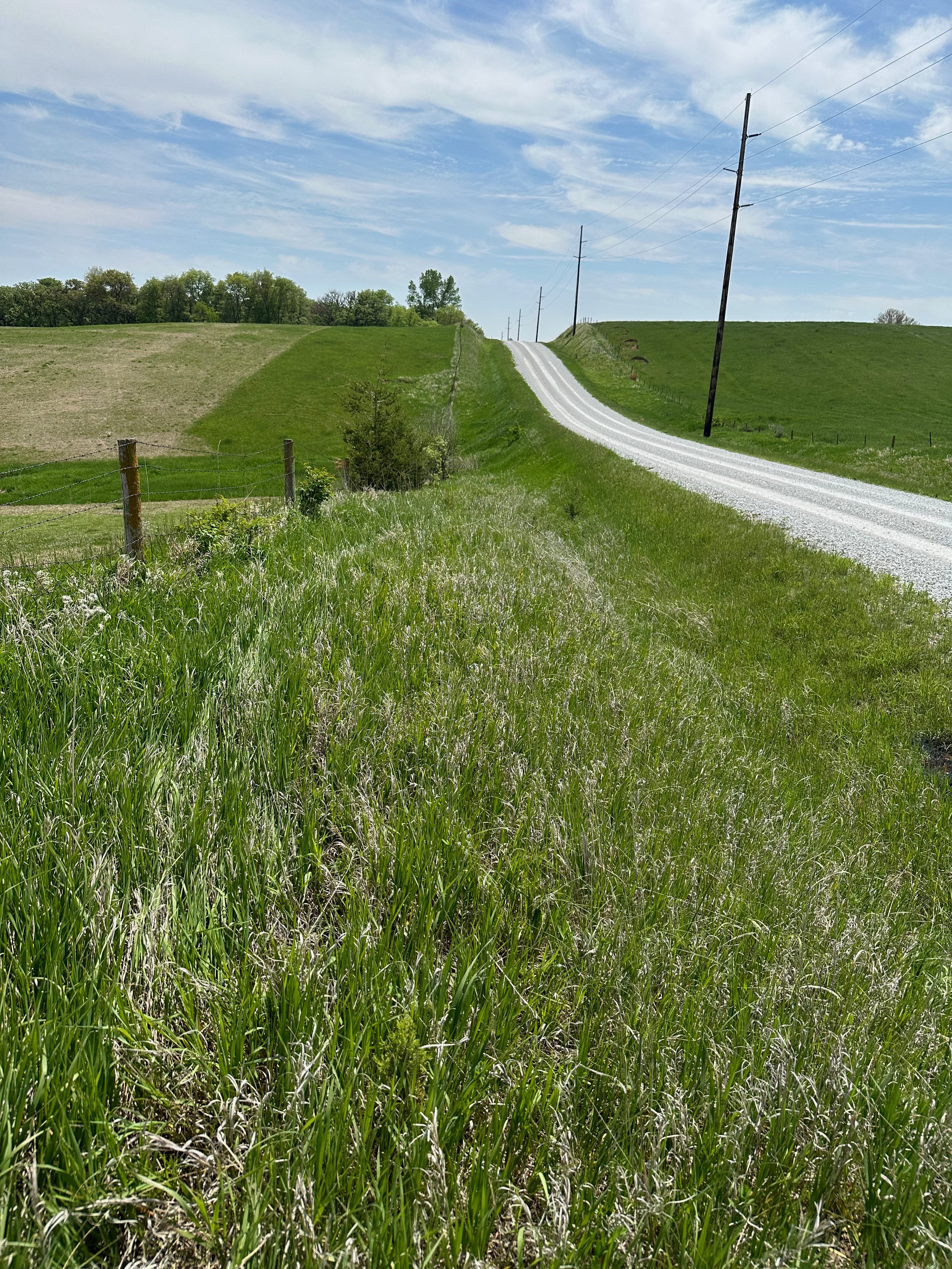
Remant roadside when I discovered it. A near monoculture of invasive Smooth Brome, or so it seemed
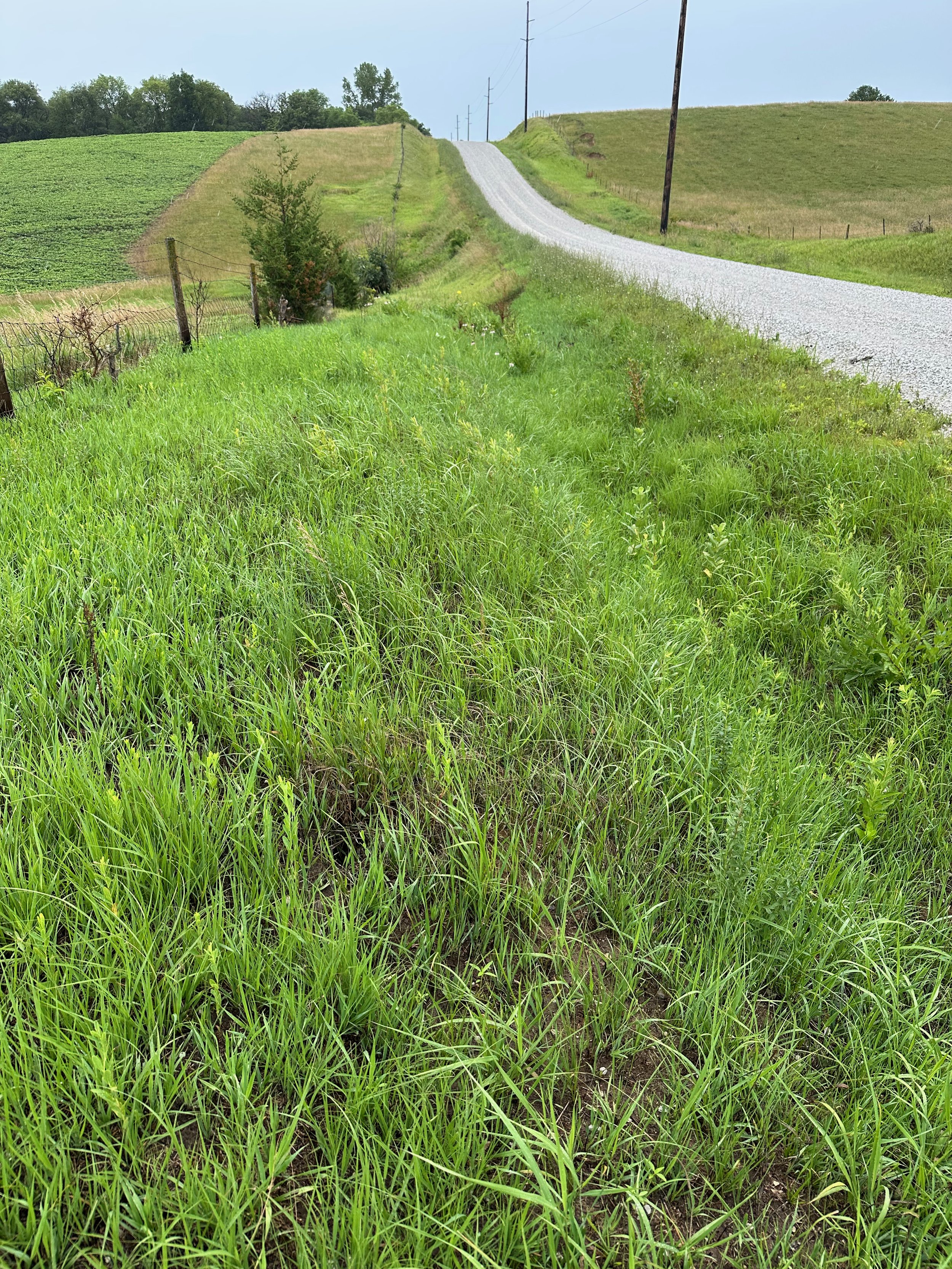
A month or two after a late-spring burn
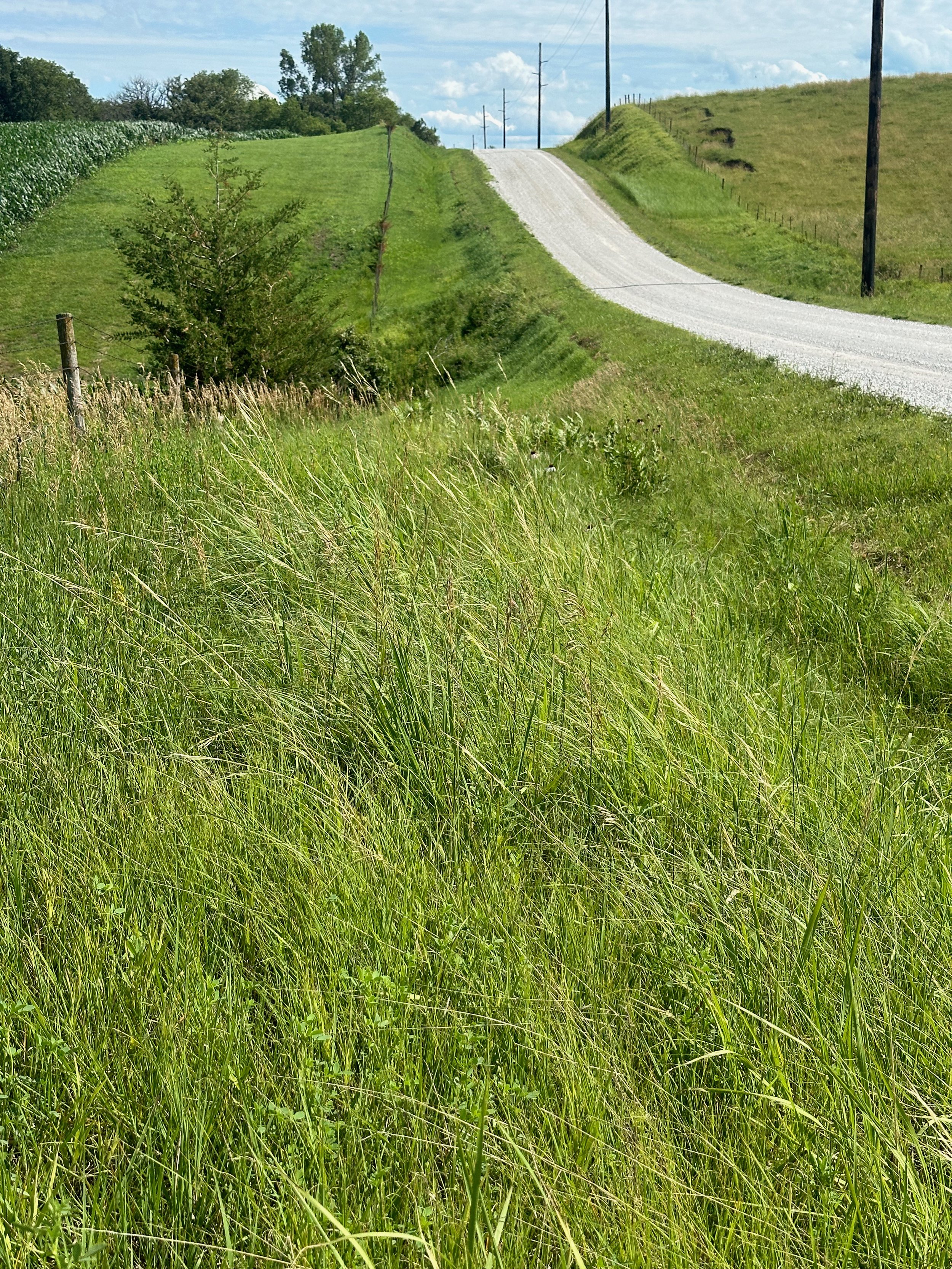
The summer after burning, invasive grasses have temporarily outcompeted by native grasses including Porcupine Grass (Stipa spartea), Side-oats Grama (Bouteloua curtipendula), Big Bluestem (Andropogon gerardii), and Indiangrass (Sorghastrum nutans)
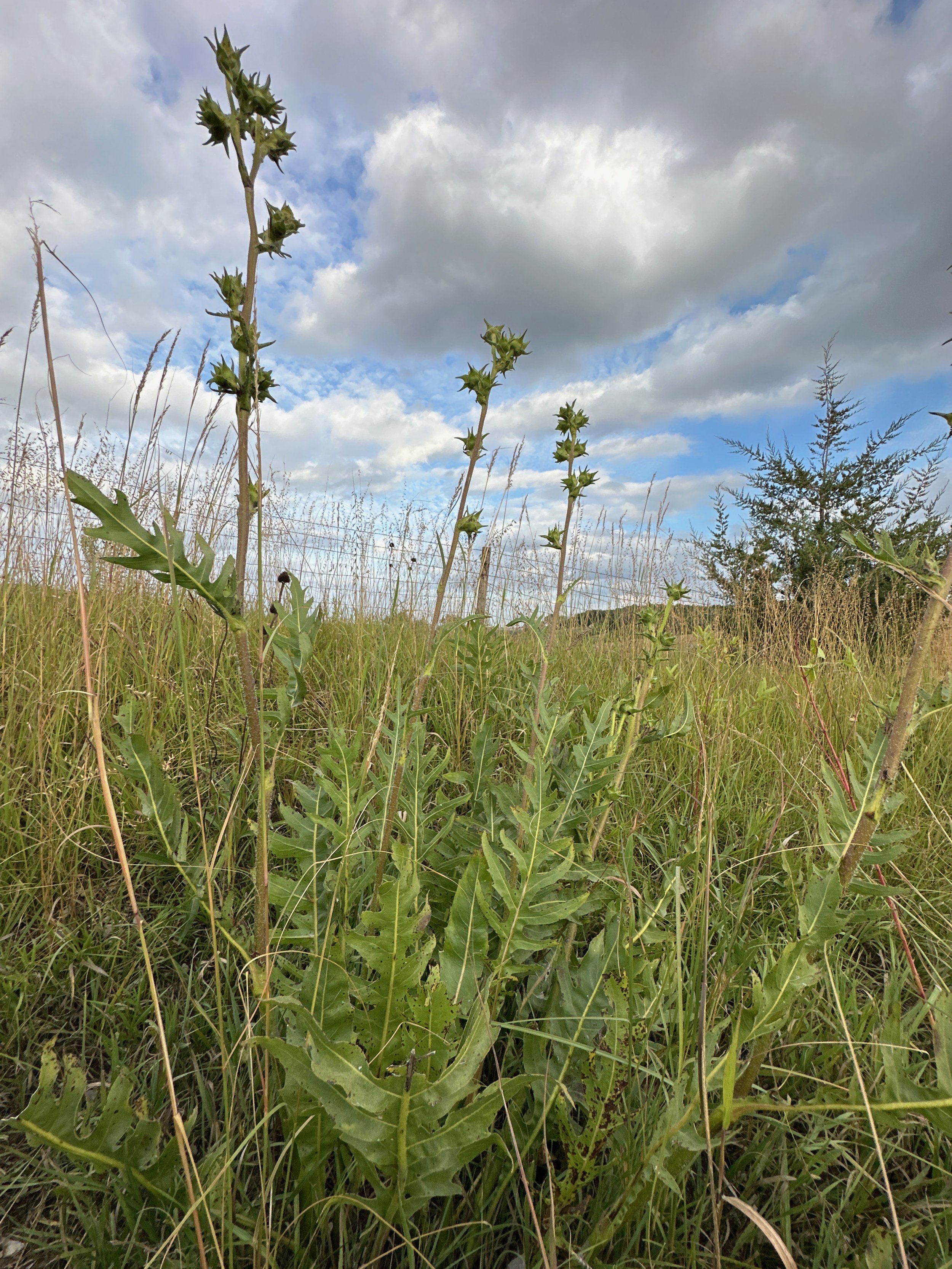
The fall after the first burn, which revealed a large population of Compass Plant (Silphium laciniatum)

Driving at 40 mph, I slammed on my brakes when I saw this plant, and immediately knew I was looking at a remnant roadside. Prairie Redroot (Ceanothus herbaceus)
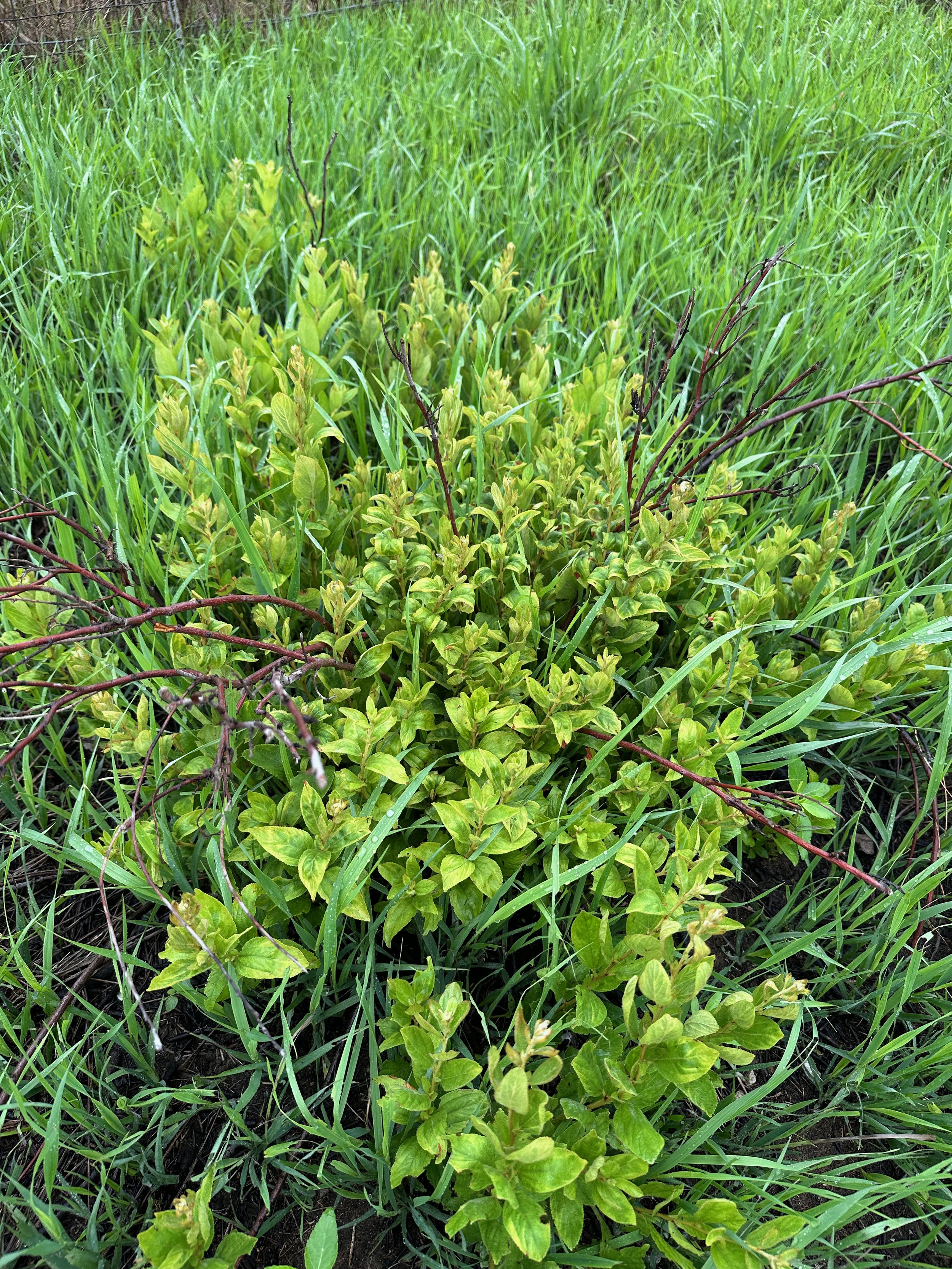
Prairie Redroot - Ceanothus americanus

Pale Purple Coneflowers flowering first year post-burn
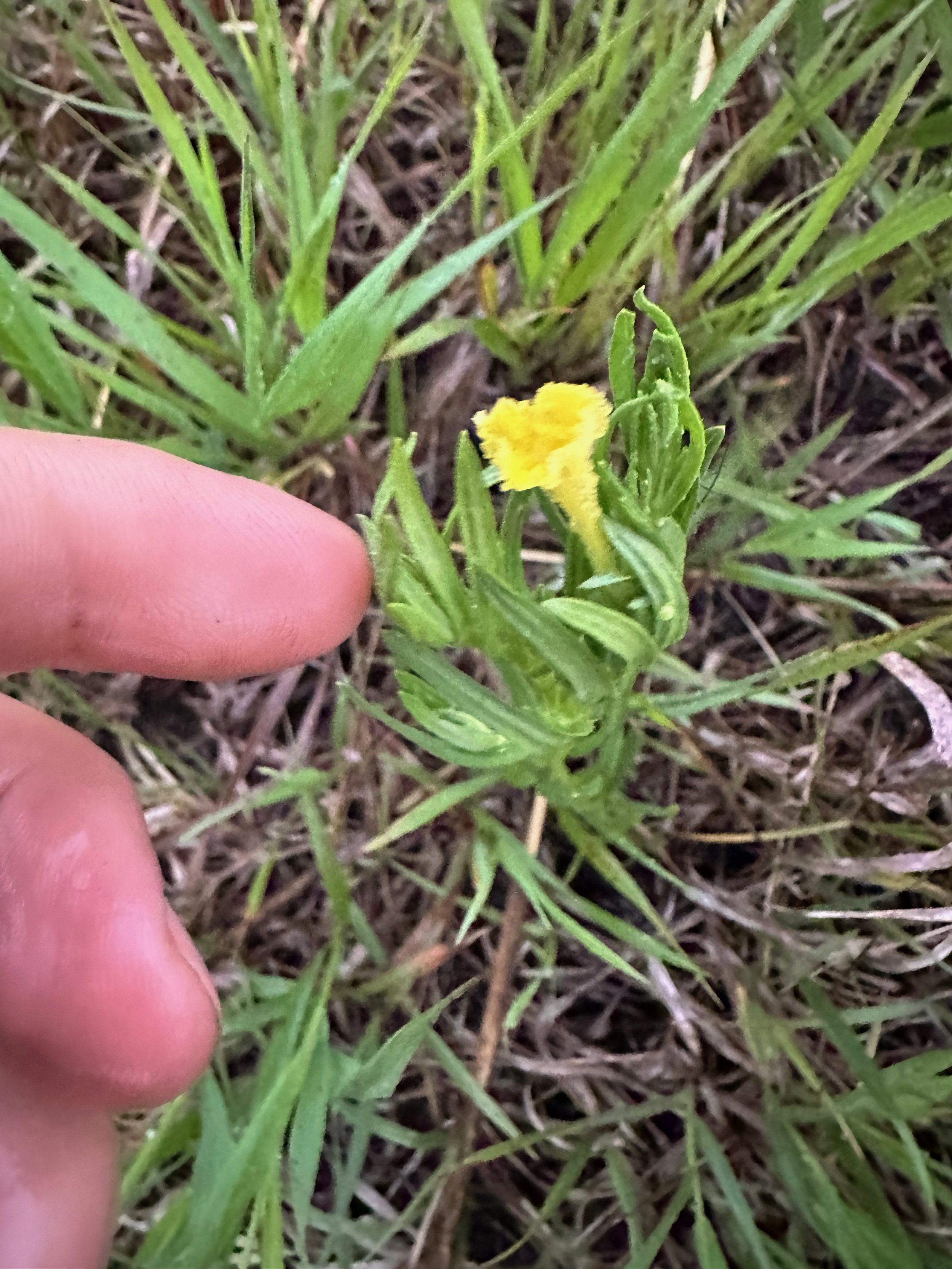
Fringed Puccoon (Lithospermum incisum), a remnant indicator species
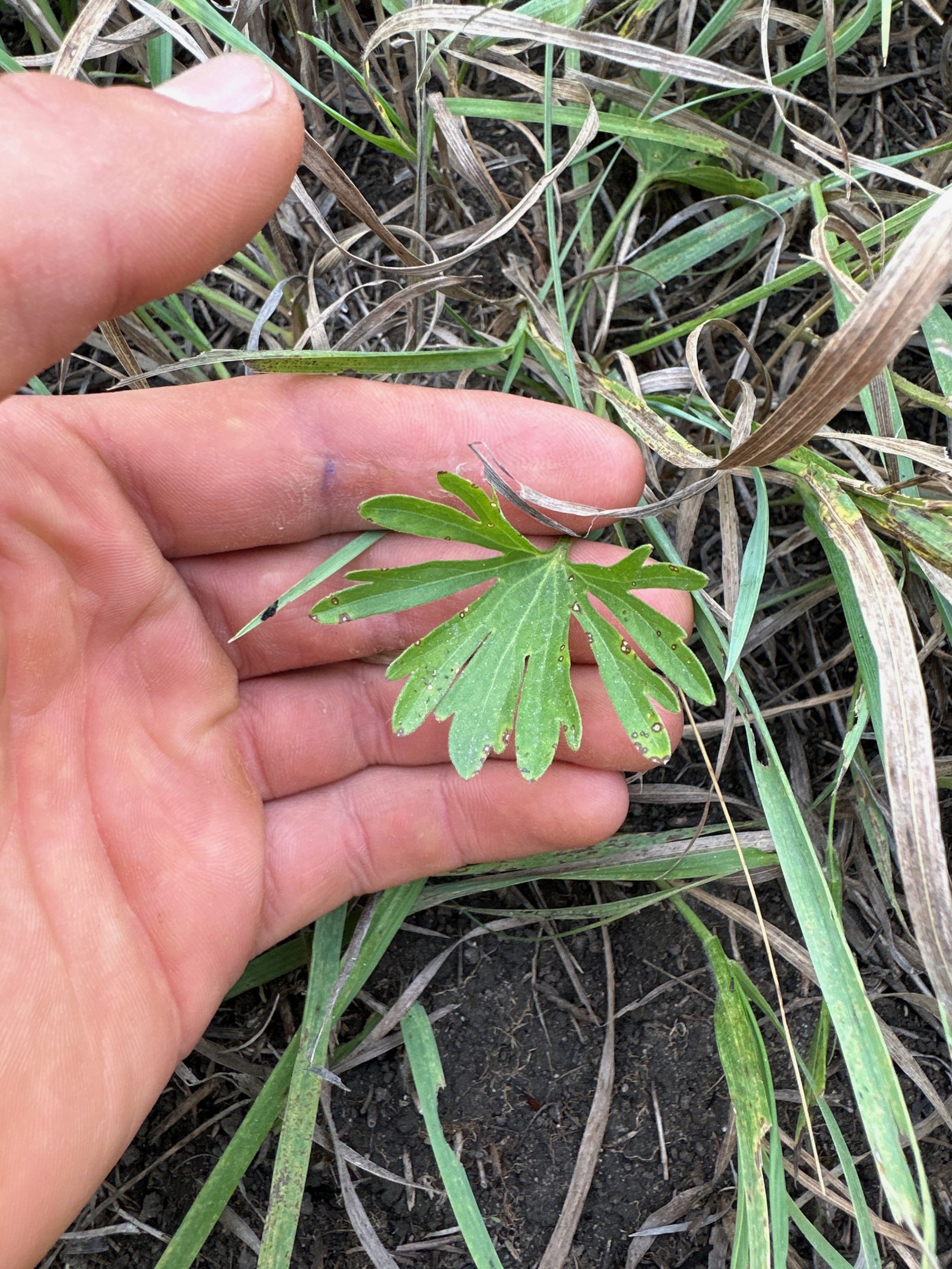
Prairie Violet (Viola pedatafida) another indicator species.
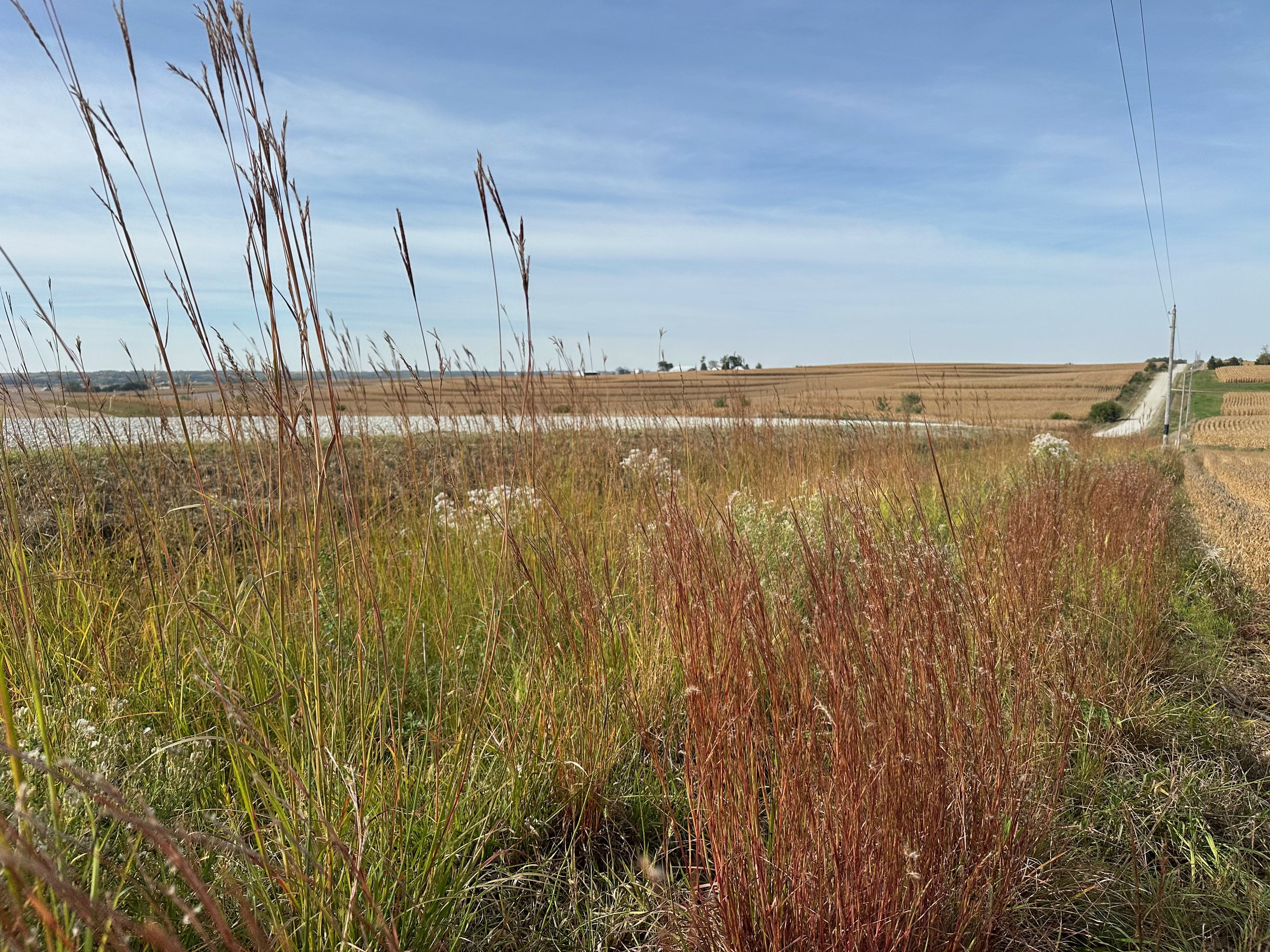
Another roadside I've been burning for 2 years, this one has Bastard Toadflax (Comandra umbellata) a remnant indicator and hemiparasitic species. Hemiparasitic plants are often found in high quality remnants and may have an effect on forb diversity by taking resources from grasses.

